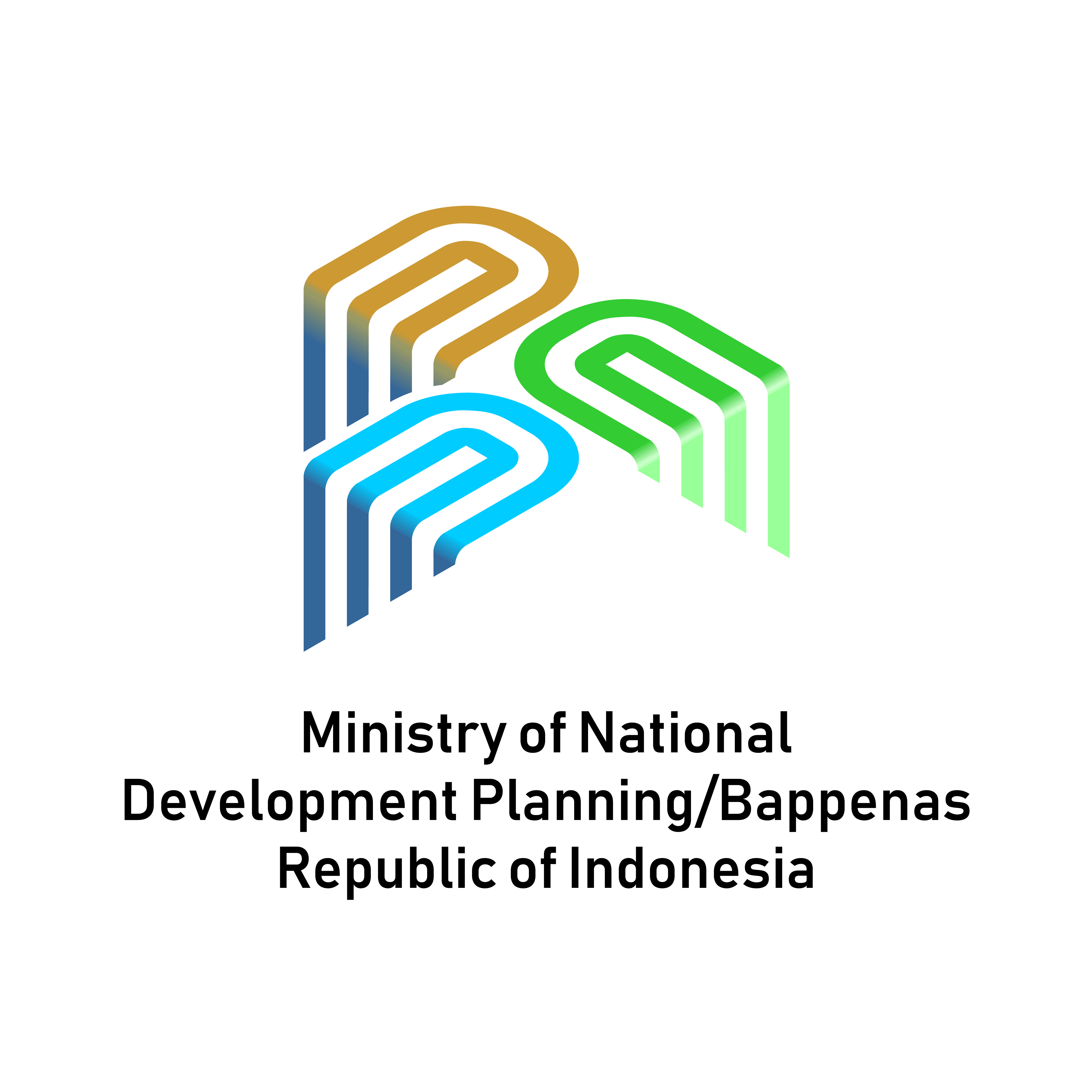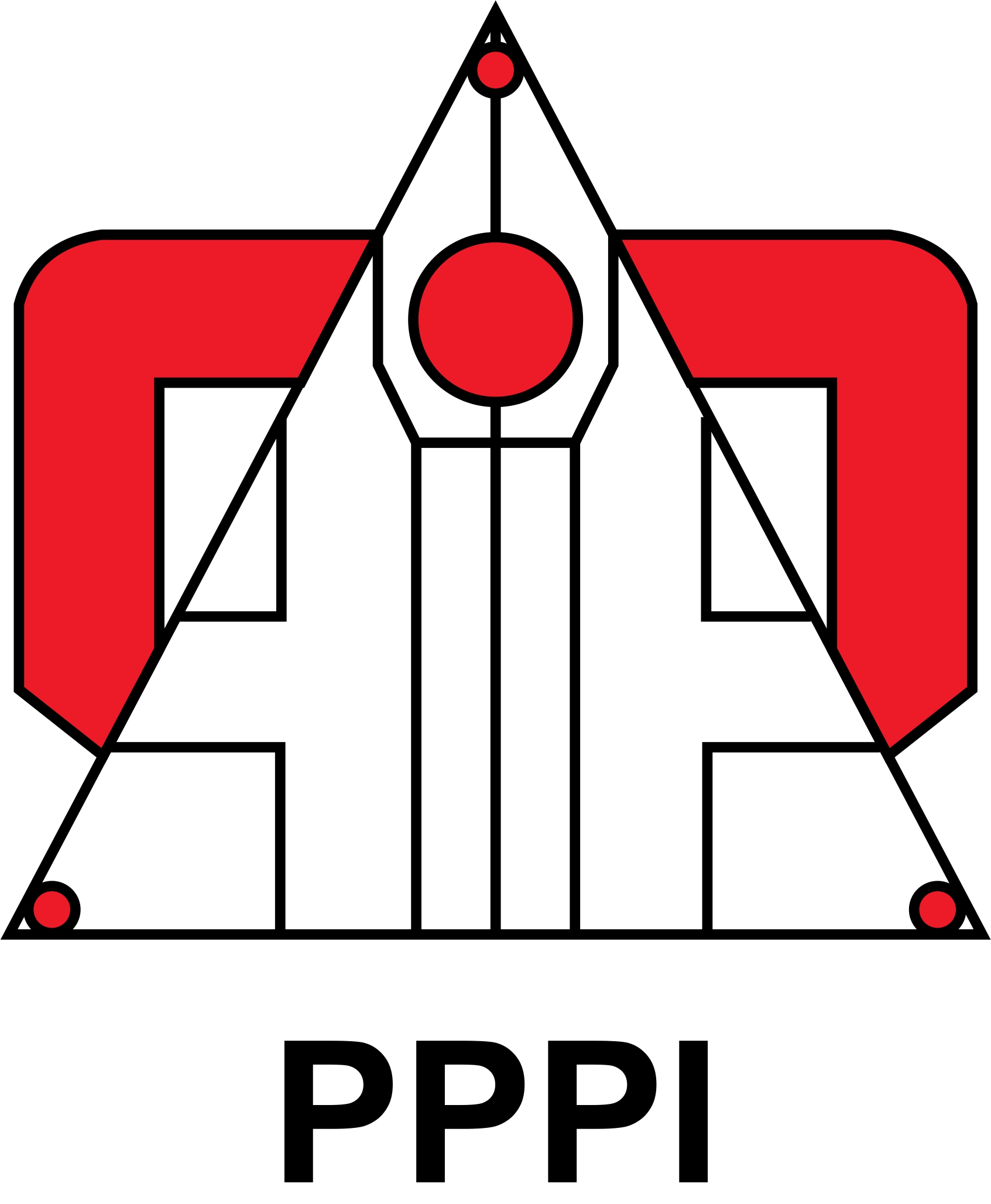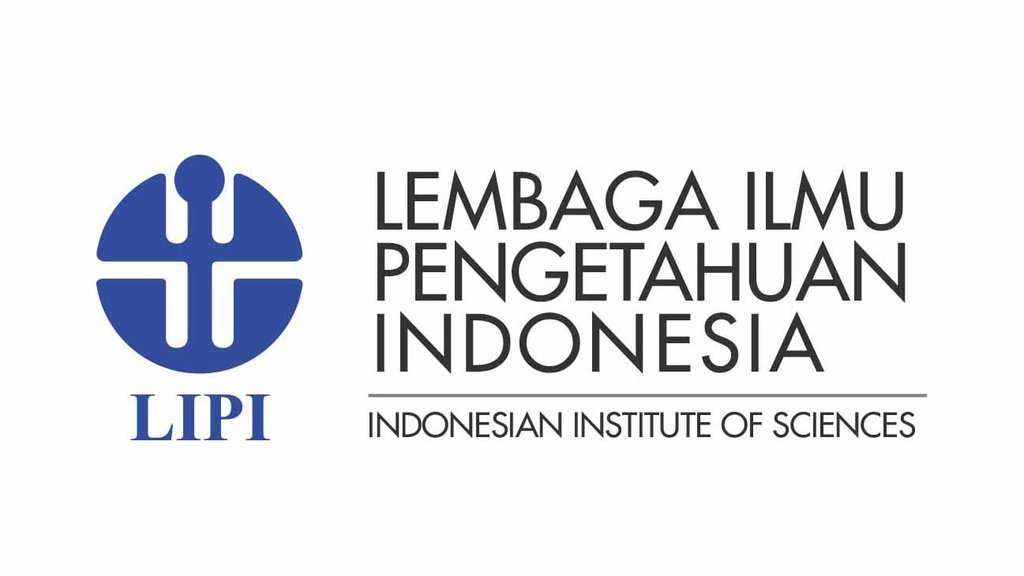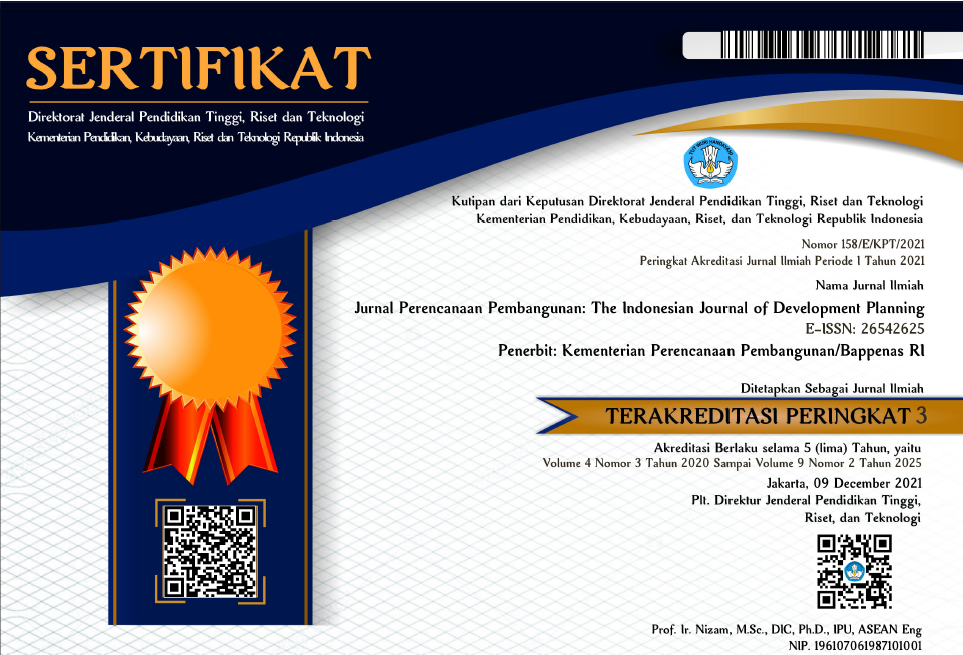Spatial Urban – Rural Interaction Patterns in Metropolitan Cirebon Raya using Remote Sensing and Socioeconomic Data
DOI:
https://doi.org/10.36574/jpp.v5i3.227Keywords:
Urban-rural linkage, peri-urbanization, remote sensing, factor analysis, K-Means ClusteringAbstract
Urbanization patterns in developing Asian countries may or may not follow commonly known urbanization patterns and models set forth by lessons from the developed world. A unique phenomenon described as desakota is well known as a unique artifact of Asian urbanization, in which new urban areas arise semi-independently from otherwise rural regions in proximity to the edges of continuous urbanized areas.. We intend to identify the interaction between the urban fringe and surrounding rural areas while taking unique socioeconomic and morphological characteristics of the Desakota into account. We utilize a combination of K - Means Clustering, factor analysis and spatiotemporal analysis to identify patterns of urbanization in Metropolitan Cirebon Raya, an industrializing metropolitan statistical region where agriculture is still a douse, around Cirebon City, using statistical socioeconomic and demographic data from Badan Pusat Statistik in addition to land use data obtained from Landsat. Between 2010 – 2020, we identified substantial desakota type growth, in which new urbanized land development occurred organically from a formerly rural area, weakly linked to the supposed ‘center’ of the specified metropolitan region (Metropolitan Cirebon Raya). Based on the results obtained, we were able to corroborate desakota theory through quantitative methods, by taking socioeconomic and demographic data into account as a supplement to land use data. For delineation of metropolitan regions in Southeast Asia in which desakota patterns of development are presumed, we recommend utilizing the methodology we have developed, integrating both socioeconomic and demographic data to better identify desakota regions in peri-urban regions.
Downloads
References
BAPPEDA Kabupaten Majalengka. (2012). RTRW Kabupaten Majalengka 2011—2031.
Bappelitbangda Kabupaten Cirebon. (2018). RTRW Kabupaten Cirebon 2018—2038.
BPS Kabupaten Indramayu. (2021). Produk Domestik Regional Bruto Kabupaten Indramayu Menurut Lapangan Usaha 2016—2020.
Budiyantini, Y., & Pratiwi, V. (2016). Peri—Urban Typology of Bandung Metropolitan Area. Procedia Social and Behavioral Sciences, 227.
Carl, J. (2009). Industrialization and Public Education: Social Cohesion and Social Stratification. In International Handbook of Comparative Education.
Cattell, R. B. (1966). The Scree Test for the Number of Factors. Multivariate Behavioral Research, 1(2).
Costa, D., Hur, S., Kehoe, T. J., Raveendranathan, G., & Ruhl, K. J. (2016). The Stages of Economic Growth Revisited. Minneapolis Federal Reserve Bank.
Fabrigar, L., Wegener, D. T., MacCallum, R. C., & Strahan, E. J. (1999). Evaluating the use of Explanatory Factor Analysis in Psychological Research. Psychological Methods, 4(3).
Fahmi, F. Z., Hudalah, D., Rahayu, P., & Woltjer, J. (2014). Extended suburbanization in small and medium sized cities: The case of Cirebon, Indonesia. Habitat International, 42.
Harrell Jr., F. E. (2021). R package “hmisc.”
Hill, B. D. (2011). The Sequential Kaiser-Meyer-Olkin Procedure as an alternative for determining the number of factors in Common Factor Analysis: A Monte Carlo Simulation. Oklahoma State University.
Hodder, R. (2000). Development Geography (1st ed.). Routledge.
Hudalah, D., Octifanny, Y., Talitha, T., Firman, T., & Phelps, N. A. (2020). From Metropolitanization to Megaregionalization: Intentionality in the Urban Restructuring of Java’s North Coast, Indonesia. Journal of Planning Education and Research.
Hugo, G. J. (1982). Circular Migration in Indonesia. Population and Development Review, 8(1).
Kementerian PPN/Bappenas. (2020). Rencana Pembangunan Jangka Menengah Nasional 2020—2024.
Kim, S. M. (2015). An Empirical Analysis on Urban—Rural Linkage in Mumbai Metropolitan Area. The Journal of Development Practice, 2.
Lewis, B. D. (2014). Urbanization and Economic Growth in Indonesia: Good News, Bad News and (Possible) Local Government Mitigation. Regional Studies, 48(1).
Li, Y. (2012). Urban-rural interaction patterns and dynamic land use: Implications for urban-rural integration in China. Regional Environmental Change, 12.
Lynch, K. (n.d.). Rural—Urban Interaction in the Developing World (1st ed.). Routledge.
McGee, T. (1991). The Emergence of “Desakota” Regions in Asia: Expanding a Hypotheses. University of Hawaii Press.
McGranahan, G., & Satterthwaite, D. (2014). Urbanisation concepts and trends. IIED Working Paper. International Institute of Economic Development.
Mulyana, S., Zein, D., & Setiaman, A. (2017). Communication Patterns of Woman Migrant Workers at Sliyeg District in Indramayu—West Java. Communication Journal of Indonesian Association of Communications Scholars, 2(2).
Mutizwa-Mangiza, N. (1999). Strengthening rural-urban linkages. Habitat Debate, 5(1).
Nangoy, O. M. (2011). Terpuruknya Industri Mebel Rotan Cirebon. Humaniora, 2(1).
Olsson, J. (2012). Rural—Urban spatial interaction in the global south: Long—Distance Mobility Changes, Desires and Restrictions over two decades in rural Philippines. Geografika Annaler: Series B Human Geography, 94(3).
Phan, T. N., Kuch, V., & Lehnert, L. W. (2020). Land Cover Classification using Google Earth Engine and Random Forest Classifier- The Role of Image Composition. Remote Sensing, 12(15).
Pryor, R. (1971). Defining The Rural-Urban Fringe. In The Internal Structure of the City: Readings on Space and Environment. Oxford University Press.
Pull and Push Factors of Indonesian Women Migrant Workers from Indramayu (West Java) to Work Abroad. (2015). Mediterranean Journal of Social Sciences, 6(5).
Qadeer, M. A. (2000). Ruralopolises: The spatial organisations of residential land economy of high density rural regions in South Asia. Urban Studies, 37(9).
Revelle, W. (2021a). How to: Use the psych package for Factor Analysis and data reduction.
Revelle, W. (2021b). R package “psych.”
Rostow, W. W. (1960.). The Stages of Economic Growth: A Non-Communist Manifesto. Cambridge University Press.
Setiadi, R., Artiningsih, A., Sophianingrum, M., & Satriani, T. (2020). The dimension of rural-urban linkage of food security assessment: An Indonesian case study. Asian Geographer.
Setyono, J. S., Yunus, H. S., & Giyarsih, S. R. (2016). The Spatial Pattern of Urbanization and Small-Cities Development in Central Java: A Case Study of Semarang—Yogyakarta—Surakarta Region. Geoplanning: Journal of Geomatics and Planning, 3(1).
Sidhu, N., Pebesma, E., & Camara, G. (2018). Using Google Earth Engine to detect land cover change: Singapore as a use case. European Journal of Remote Sensing, 51, 2018.
Smailes, A. E. (1961). The Geography of Towns (2nd ed.). Routledge.
Surya, B., Ahmad, D. N. A., Sakti, H. H., & Sahban, H. (2020). Land Use Change, Spatial Interaction, and Sustainable Deve. Land, 9(3).
Wei, T., & Simko, V. (2021). R package “corrplot.”
Xie, Y., Batty, M., & Zhao, K. (2005)). Simulating emergent urban form: Desakota in China. In CASA Working Papers 95. Centre for Ad vanced Spatial Analysis (UCL).
Yunus, H. S. (2008). Dinamika Wilayah Peri—Urban Masa Depan Kota. Pustaka Pelajar.
Downloads
Published
How to Cite
Issue
Section
License
This is an open-access article distributed under the terms of the Creative Commons Attribution-NonCommercial-ShareAlike 4.0 International License. Copyright © Kementerian PPN/Bappenas RI


















